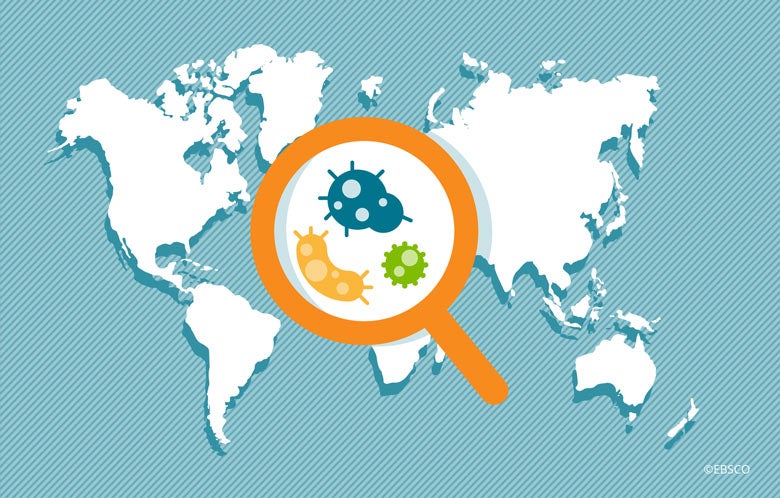Few if any diseases in the history of medicine have received as many names as COVID-19, and in such a short period. What began as a localized outbreak of “Novel Coronavirus” infection only four months ago has evolved into a household word for much of humanity. As of this writing, the official name of the disease is COVID-19 —a COrona VIrus Disease which first appeared in 2019.
The virus which causes this disease is SARS-CoV-2, a virus similar to the pathogen responsible for the first Severe Acute Respiratory Syndrome which threatened us from 2002 to 2003. Initially, the virus was referred to as the 2019-new coronavirus (2019-nCoV).
The discordance between the name of the virus and the name of the disease is a bit unusual, but different processes and purposes for naming viruses and diseases sometimes lead to discordance. In many cases, viruses that infect humans are named for the disease that they cause. Thus, poliomyelitis is caused by the poliomyelitis virus, while influenza is caused by the influenza virus. The disease names themselves are less obvious. Poliovirus attacks nerve cells located in the grey (Greek, polios) matter (Greek myelos) at the center of the spinal cord. Influenza is the original Italian term for illness thought to reflect evil influence from the sky, just as these same people were convinced that another infectious disease, malaria, was caused by foul swamp air (mala aria).
The current pandemic is caused by a virus that resembles a crown (Latin, corona) under the electron microscope. Similarly, Rotavirus, a common cause of childhood diarrhea, resembles small wheels (Latin, Rota).While the Ebola disease is classified as a filovirus, reflecting the filamentous appearance of the agent, the name of the virus itself reminds us that it was first discovered in a village near the Ebola River in the Democratic Republic of Congo in 1976. Similarly, the West Nile virus was first identified in the West Nile District of Uganda in 1937; and the Zika virus in the Zika Forest of Uganda during the 1940s.
As of 2020, seven coronavirus species have been associated with human disease:
- HCoV 229E
- HCoV OC43
- SARS-CoV
- HCoV NL63 (New Haven coronavirus)
- HCoV HKU1
- MERS-CoV (Middle East Respiratory Syndrome coronavirus)
- SARS-CoV-2
Like Ebola and Zika, two of these coronaviruses are named for the places in which they were first reported: New Haven, Connecticut and the Middle East. Because naming a pathogen for the region it was discovered can be stigmatizing and have geopolitical ramifications, the World Health Organization made a point to exclude the terms “Wuhan” and “China” in naming the current pandemic disease. The SARS-CoV-2 virus name followed the standards of the International Committee on the Taxonomy of Viruses (ICTV) after genetic sequencing revealed it to most closely align with SARS-CoV (now known as SARS-CoV-1).
The terms COVID-19 and SARS-CoV-2 have been adopted by the medical research community but are still a point of confusion in the general media. A useful analogy is that human immunodeficiency virus (HIV) causes acquired immunodeficiency syndrome (AIDS) much like SARS-CoV-2 causes COVID-19.
To read more from Dr. Berger on COVID-19 and other infectious diseases visit the GIDEON blog.



